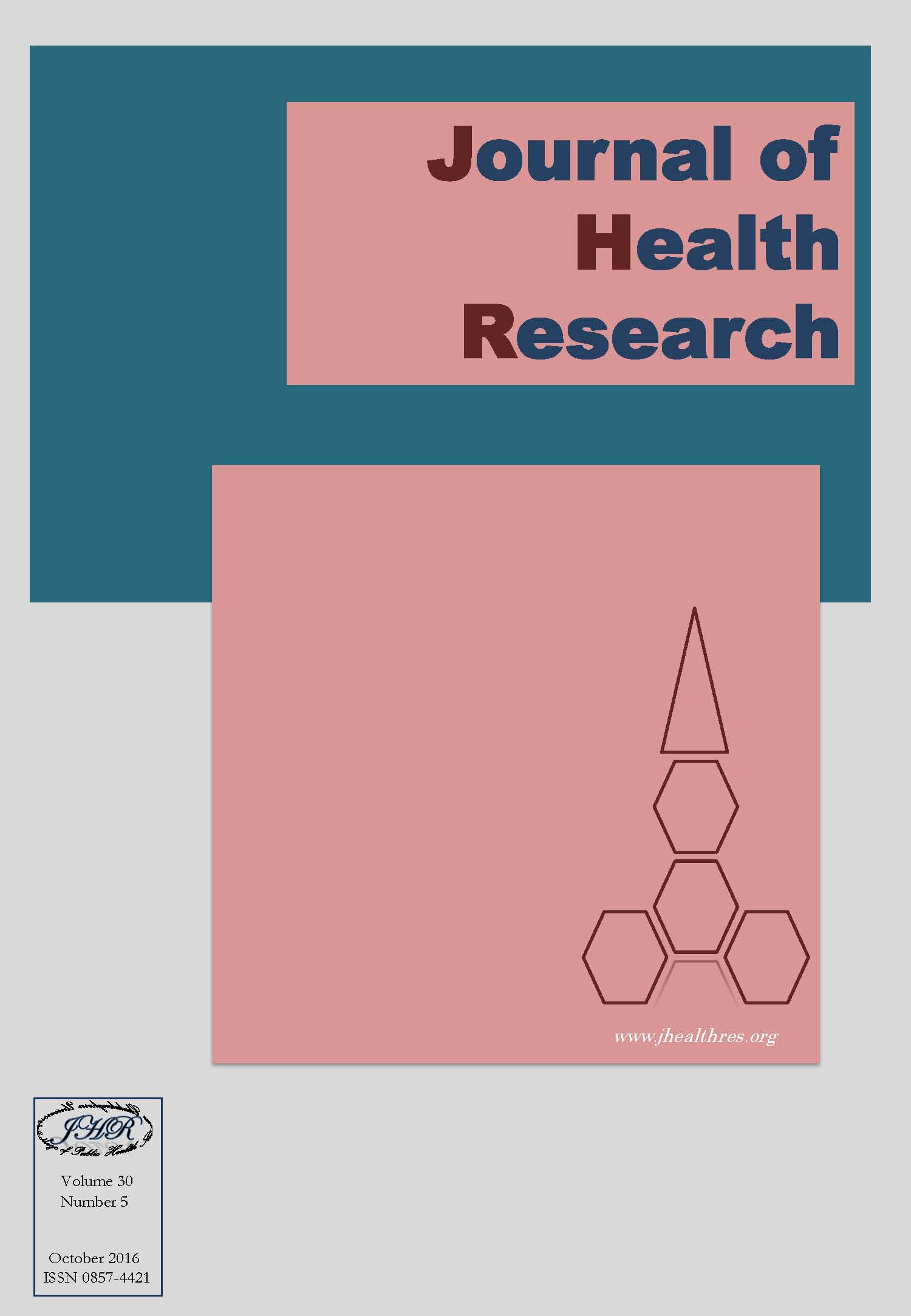Factor Analysis of Critical Thinking among Nursing Students from Private Higher Education Institutions
Keywords:
Factor analysis, Critical thinking, Nursing students, Private higher education institutionsAbstract
Background: Nursing Council of Thailand defined the critical thinking as a main competency of registered nurse and midwives. Critical thinking as Facione and Facione’s concept consisted of critical thinking skill and disposition component of critical thinking. This was the second order confirmatory factor analysis that would affect to theoretical and practical instruction management as the guidelines for promoting the critical thinking of nursing students further.
Methods: The participants were 549 first year nursing students from private higher education institutions: Huachiew chalermprakiet university, Vongchavalitkul university, Western university, Siam university and College of Asia Scholars. Simple random sampling was used in this research. Research instruments were questionnaires on general characteristics among nursing students and critical thinking. The data were analyzed by using descriptive statistics and confirmatory factor analysis.
Results: Critical thinking consisted of two elements: the first element was critical thinking skills which were thinking skills on other experiences such as interpretation, analysis, evaluation, inference, explanation, and meta-cognitive self-regulation. The second element was disposition element of critical thinking. It comprised personal characteristics which supported intellectual development process. It consisted of truth-seeking, open-mind, analyticity, systematicity, critical thinking self-confidence, inquisitiveness and maturity. The results showed that the critical thinking model was consistent with empirical data, chi-square = 54.845, df = 42, p-value = .088 (p-value higher than .05 is consistency), c2/df = 1.306 (acceptable levels is not over 2), GFI = .985, CFI = .997 (acceptable level gets close 1), RMR = .008, RMSEA = .024. (acceptable level gets close 0). The coefficient of standard factor loading of variables was different from zero with statistical significance at .05. The variable with the highest level of factor loading was explanation (bsc = .856) followed by inference (bsc = .832). The variable with the lowest level of factor loading was analysis (bsc =.637).
Conclusion: Critical thinking consisted of two main elements: 1) critical thinking skills and 2) personal characteristics of critical thinkers. Factor analysis of critical thinking among nursing students from private higher education institutions showed that critical thinking model was consistent with empirical data. In theoretical and practical teaching, nursing academies should promote critical thinking by using the following critical thinking skills and personal characteristics of critical thinkers to improve critical thinking in nursing students.






